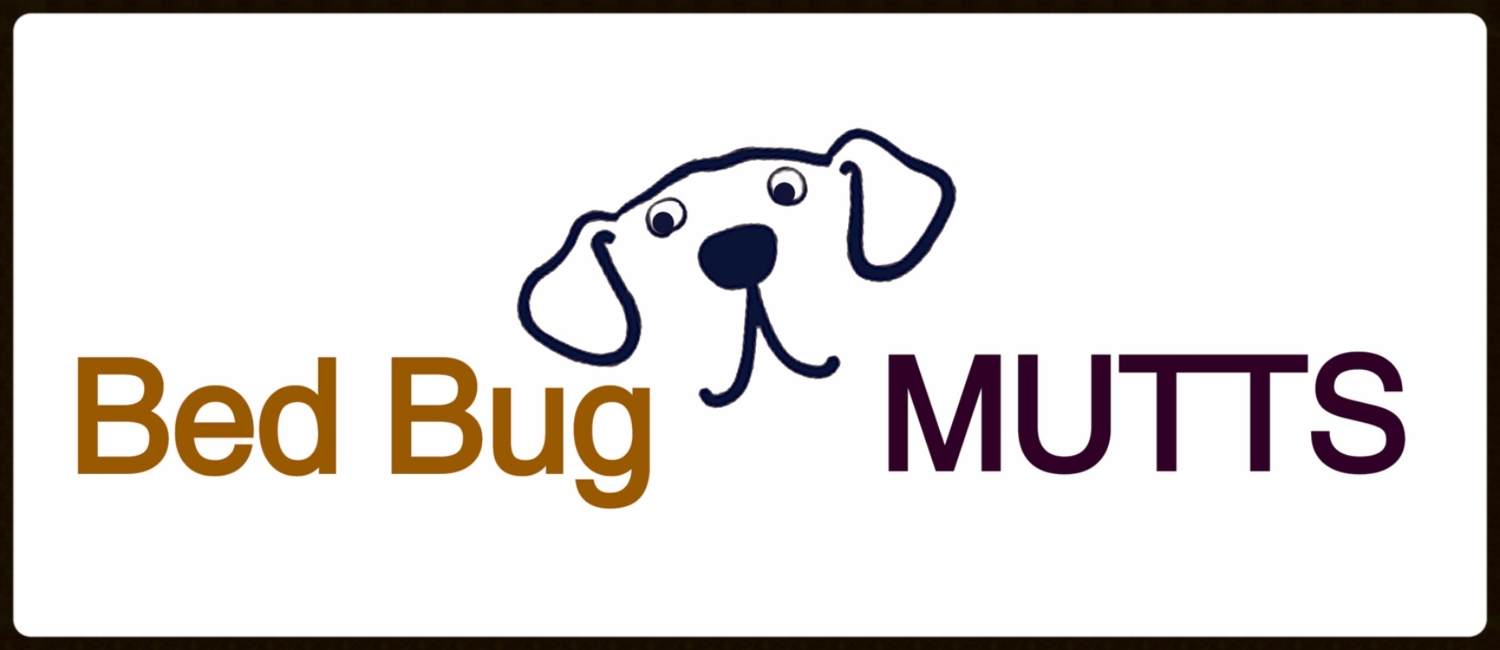Quality Assurance
Ensures Standards Met. Due Diligence Satisfied.
Every risk management program requires a quality assurance step to ensure protocols are in place, working effectively and standards are satisfied. A risk management plan for early bed bug detection is no exception.
Each aspect of the risk management program should be assessed:
Education
Stay abreast of the latest development in bed bug research and design easily with email subscriptions, RSS feeds and Google Alerts. Opt in to our Better Bed Bug Blog; a perfect choice with news of current bed bug advances as it happens.
Monitoring
The design of the BB Alert Passive Monitor provides an easy record of inspections and satisfies quality assurance – as the front label allows for staff to date and initial with each inspection and easily demonstrates due diligence. Random spot checks ensures a record is made with each inspection.
The employment of independent certified canine scent detection services of a random selection of rooms is the most accurate and efficient method for quality control checks. Routine bed bug dog inspections on a predetermined interval ensure your family members, customers or employees are not exposed to bed bugs and validates current protocols and standards.
Cost Benefit Analysis
The benefits must be weighed against the cost incurred relative to the risk management level. For example, the cost for a household with a low risk of contracting bed bugs for quarterly canine-assisted inspections would not be cost-effective unless the risk threshold changed, e.g. increased travel or a student returning home from a known dormitory infestation. In this instance, simply following passive monitoring protocols would collect evidence of an infestation at the early stage. At the other end of the spectrum, a hotel, with a history of bed bugs, justifies more frequent quality control canine inspections than a hotel, with low staff turnover that has never had an infestation.
